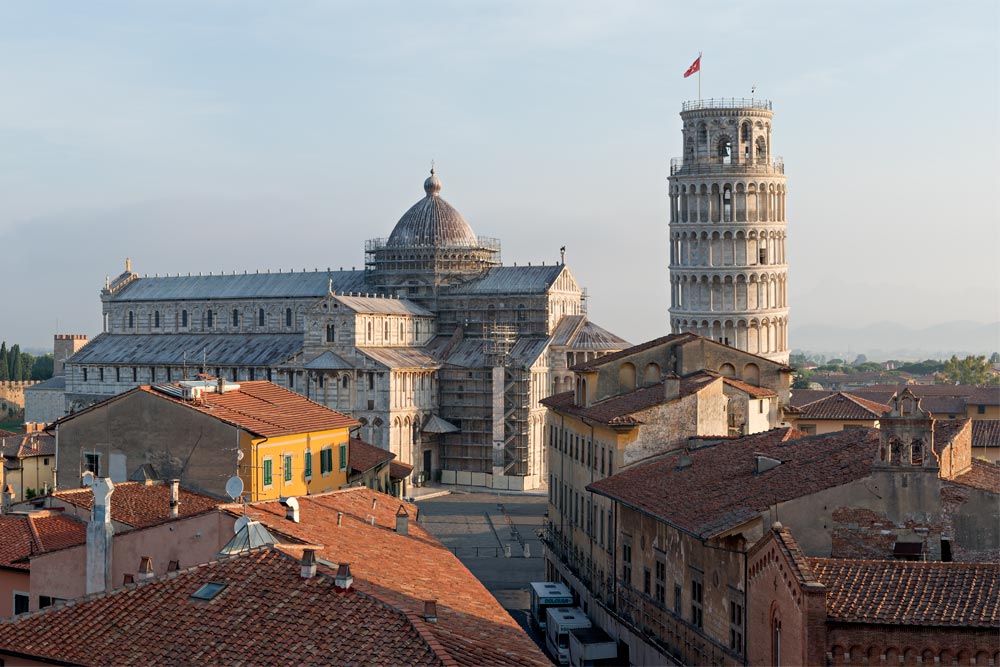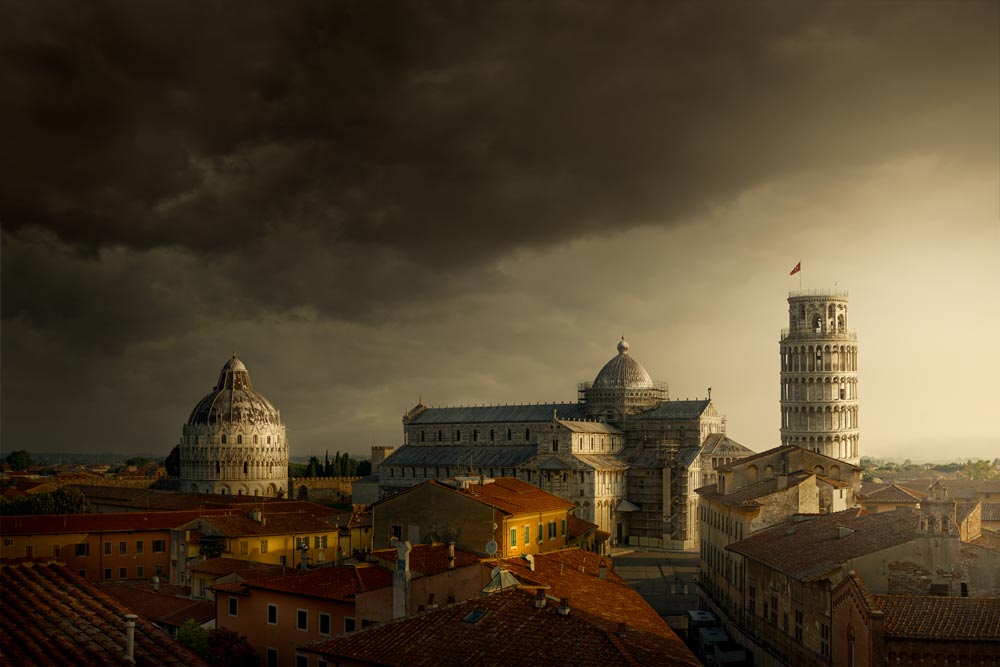THE SILENT REVOLUTION
PHOTOGRAPHERS WANT TO BE UNIQUE. LITERAL & GENERIC-LOOKING ISN’T ENOUGH NOW.
PERSONAL PHOTOGRAPHY WORKSHOPS
HIGH-IMPACT LEARNING
PUTTING LOGIC INTO PHOTOGRAPHY AND REMOVING CONFUSION.
Many enthusiasts need a short, concise and comprehensive photography course to fill in their knowledge gaps and develop a personal style. They want greater technical confidence, artistic freedom and creative satisfaction from their travel and outdoor photography. – Self-learning from social media creates fragmented knowledge, questionable quality and inconsistency. Drawing on 40 years of knowledge and experience as a professional photographer and picture editor, I have designed the ideal photography course for all enthusiasts, from complete beginners to more advanced, that provides a solid foundation for their photography. – I teach you the entire photography workflow in one workshop.
ONE-TO-ONE TUITION. BOOKED ON DEMAND. SAVING YOU YEARS OF WASTED TIME, MONEY & EFFORT.
WE DON’T KNOW –
“WHAT WE DON’T KNOW”
PREFACE
“… We can’t quantify:
‘What we don’t know’ – So we overestimate ‘What we do know’ and underestimate ‘What there is to know’ …”
Today, social media and YouTube have now set the standard for what enthusiasts believe is good quality. They represent popularity, not professional creative quality. Professional quality is a different world with an enormous amount to learn. – This is a two-part story. – Part 1 explains my technique. – Part 2 explains how we live within a “box”. To be creative, we must understand this “box” we live within before we can think outside the “box” and be creative. As a website, I should tell you what you want to hear, not what you need to know. Everyone does this, and look where it got us: poor photography. Today, we prefer to avoid reading and thinking. – I can’t make you read this story, but if you do, it may change how you see, think, and create photography. You may realise that you’re learning from people with little knowledge. Few will read this, but by not writing this – I would be adding to the dumbing down of photography.
“… People blindly follow widely held beliefs,
but never question if those beliefs are actually correct …”
A MOMENT OF CLARITY:
THE LEANING TOWER OF PISA
CREATIVITY MEANS JUDGE “WHAT IT CAN BECOME” – NOT “WHAT YOU SEE” NOW.
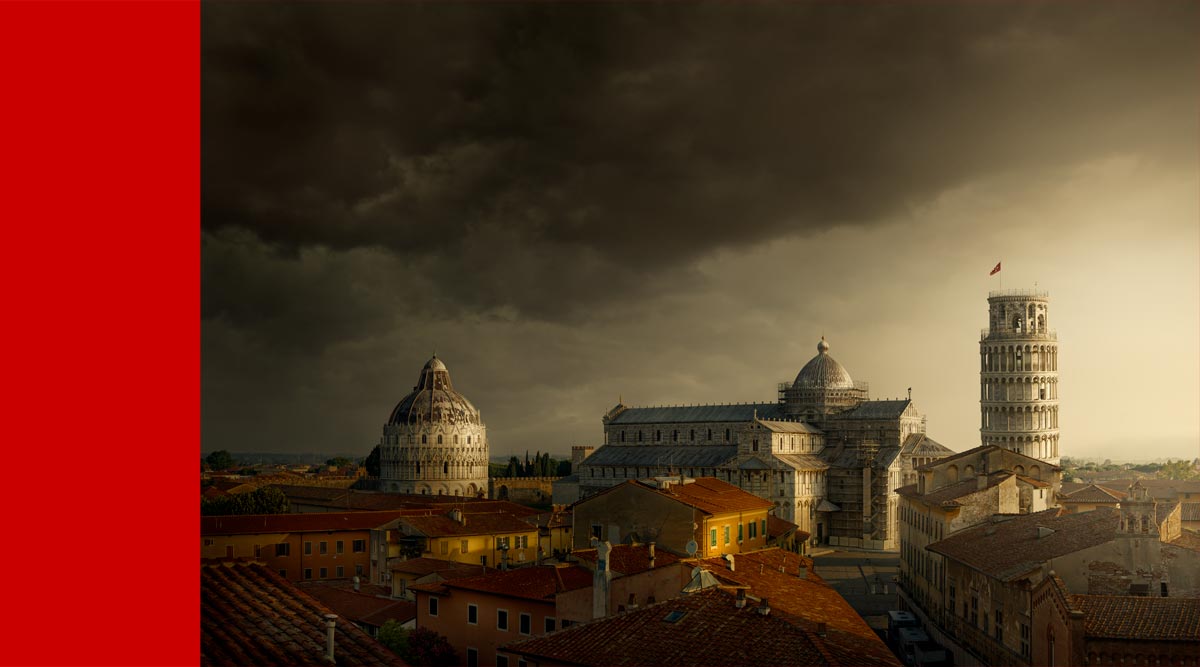
The problem with an iconic location is that it’s iconic; everyone has a picture! I was in Italy in 2017 on a workshop and just about to fly home from Pisa with my client, a working photographer. Not having seen Pisa, I came up with the brilliant idea and said, “Why don’t we photograph the tower?” – An idea that crashed to earth quicker than a lead balloon; the reply being, “Everyone has that; I don’t want the same photos as everyone else. So, feeling pretty stupid, I had to agree. – That’s when the “moment of clarity” happened. – I think Galileo spoke to me!
I said: The fact that everyone has shot Pisa is precisely WHY we need to shoot it. That’s the whole point of what I’m teaching you. My system enables you to create an entirely unique photo. Now confident again with an equally brilliant rescue of the situation, I said: Look, you want to impress your clients. What better way than showing them your version of Pisa so that they can compare it with the many pictures of Pisa on the internet? – They won’t find a similar image in terms of style. Show your clients you can be unique, even in an iconic location! – He agreed.
“… My system is for photographers who want to go beyond the camera and use the entire photography process to produce creative images with a personal artistic style …”
THE KEY TO CREATIVITY IS: THINK OUTSIDE “THE BOX”. START ASKING “WHY”.
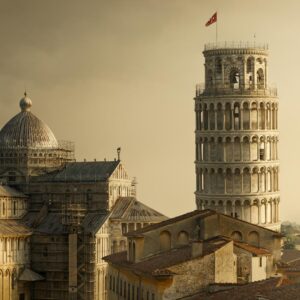
PART 1: MY WORKFLOW & APPROACH:
THE CREATIVE METHOD
THE MODERN SYSTEM PROFESSIONALS USE TO BE CREATIVE.
THE CORE PRINCIPLES FOR STUNNING PHOTOS.
A “Good Photograph” is defined as: Visually Efficient and Mentally Stimulating. – A good photograph will stop, captivate and reward the viewer. Good photography is in the sweet spot between two extremes. Literal photography doesn’t benefit viewers because it shows them “what they expect to see”. Not showing anything new doesn’t ignite their curiosity. Photographs people don’t understand won’t benefit the viewer, because people can’t engage with what they don’t understand. – We like images that we understand, but have not seen before.
Engaging photography uses light, three-dimensional form, and a sense of spatial distance to give the image a foundation of realism, providing a reference point for understanding it. The artistic interpretation makes the picture different, which stimulates the viewer’s mind and arouses their curiosity, thoughts, and feelings. – Contrast creates visual energy and gives the picture life, while the brightest tone and the edge of the highest contrast draw the eye to create emphasis: a visual doorway into the picture, and a starting point for exploring and understanding it.
The final qualities are variation, which keeps the image visually interesting, simplicity and cohesion, which makes everything work together to be visually efficient: fast and easy to “read” and understand. – Not all of these qualities can be achieved by the camera alone, which is why we need post-production to enhance the image and create an engaging photograph. – These principles aren’t based on my personal opinion, but deductions based on science. They codify the natural system by which we perceive, process, and respond to images – to create images.
BACK TO THE “LEANING TOWER OF PISA” PHOTO.
The primary challenge was finding a different angle, but one that still emphasised the lean of the tower. Second, plan the best time of day to photograph the tower so it’s side-lit, creating a three-dimensional effect. Third, what are we going to do about the sky? – Taking the photo in a single exposure was not the aim. – Getting the perfect assets for Photoshop was. – By using a tripod, we can shoot multiple exposures over time, and all those exposures will align in Photoshop later for seamless blending together. – This means committing to one composition only.
Photography and Photoshop are two sides of the same coin. – inseparable for creating beautiful, engaging and unique images. – What made us different from others is that we visualised what the Leaning Tower of Pisa could become after a transformation in Photoshop, and we did not rely solely on what is literally in front of us. – We never planned on making a literal picture; that’s why being at an iconic location wasn’t a concern. Visualising the photo we want to create helps us determine the exposures we need, so we break the scene down into components.
PHOTOGRAPHY – THREE TYPES OF PHOTOSHOP ASSETS.
1. THE FOUNDATION BASE EXPOSURE.
The best possible photograph of the scene is captured as a single exposure. Imagine you only have one sheet of film to create the final photo. Through blending and masking, you combine the benefits of both the technical and artistic exposures with the base image to create the final photograph. – After the base image, we move on to taking the following two types of additional Photoshop assets for quality and content.
2. TECHNICAL EXPOSURES.
Technical exposures increase the technical quality of the final photograph. The base exposure is an average exposure. The shadow detail that fills in and the highlights that blow out in the base exposure are taken as separate exposures to counteract these defects in the final picture. We also need to consider the camera’s response curve, which significantly affects the tones recorded and the quality of those tones.
3. ARTISTIC EXPOSURES.
Artistic exposures enhance the content of the final image. We examine the base image and visualise what content we want to include in the photograph to create our perfect image. This includes what type of sky we want to set the mood, but the sky can be taken on a different day and location. We examine every part of the base image and try to capture a better version of each area, such as when the light moves around the scene and illuminates different objects. What people and vehicles do we wish to add or remove, etc? – We capture all the components.
PHOTOSHOP – THREE-STAGE PRODUCTION PROCESS.
1. COMPOSITE THE ASSETS.
The aim: Create one flattened Photoshop layer as if it were a single frame taken from the camera. – I shoot my photography using a Novoflex panoramic head. This allows me to capture very wide scenes without the distortions of wide-angle lenses. It also allows for the perspective to be corrected on architecture. Therefore, my first task is to stitch the individual sets of panoramic exposures using PTGui stitching software. All the panoramics are kept as separate layers in Photoshop; I never create HDR images. The photograph of Pisa required four frames, left to right.
Compositing is only concerned with transferring the data from multiple frames into a single frame. – The aim is to create a super-rich, detailed image with the content so perfectly joined without artefacts, that nobody thinks of it being a composite. The sky is crucial because it sets the mood, drama, and story. A blue sky does none of this, so an alternative was used. The sky is equally important as a backdrop for the buildings; it sets up the contrast. Clouds are essential compositional elements for directing the eye back to the hero. The sky emphasises the tower.
2. TECHNICAL PHOTOSHOP.
The aim: Technical perfection. – Light, three-dimensional form and spatial distance give the picture a sense of realism, a point of reference for viewers to “believe the picture” as real; an optical illusion of reality. – We create “super-readability”; super-rich, over-the-top detail and texture in every area of the picture to create a clean, simple image that can be processed fast and efficiently by the viewer. The concept being that if we start with more tone and detail than we need, we can tone it down. If we don’t start with enough tone and detail, we’re very limited.
The more we make the image look “real”, the more people will connect with it because we’re recreating how people naturally experience the real world. – We’re using the realism as a psychological “hook” to draw viewers into the picture. – Once we have them engaged, we influence where they look and how they respond, all done with line, tone, contrast and colour. – We use our understanding of “how people respond to images” to “create images people respond to”. – The main Photoshop techniques used are blending and masking, dodge and burn.
3. ARTISTIC PHOTOSHOP.
The aim: Aesthetic quality. – To create a personal artistic interpretation of the scene, not a literal depiction of what we saw. We take the cold and literal technical perfection and transform it to enhance the light mood, drama, and atmosphere. – We create a visual hierarchy to give the picture visual order, structure, emphasis, and cohesion. The idea is to make the journey effortless and the destination interesting. The aim is to create an image that is easy to process and understand mentally, yet ignites the viewer’s curiosity, imagination, thoughts, and feelings.
How? Imagine a theatrical stage. You have the lead actor and the supporting cast, the stage backdrop and lighting. The Leaning Tower of Pisa is our lead actor. The church and surrounding buildings are the supporting cast. The sky serves as the stage backdrop, and the light creates the mood, drama, and atmosphere of the performance. – Our goal is to make our hero stand out and look fantastic without any competition from the supporting cast. We can achieve visual order by knowing the eye is drawn to the area of brightest tone and edge of highest contrast.
In effect, we create Rembrandt light. We create a dark overall picture with black layers and, using tonal painting, gradually bring up the actors into focus according to their importance, much like shining the main spotlight on the lead actor and dimming the lights on all the supporting cast. The tower is our hero, so it’s given the highest edge of contrast against the brightest area of tone, the sky. – We consider how the light catches the forms of the buildings as it travels across the image to enhance the three-dimensional quality of the structures.
THE CONCLUSION.
The technically perfect gives the viewer an underlying literal quality of realism that doesn’t require thinking about. The artistic transformation introduces an unexpected quality that does force the viewer to think. We must ignite the viewer’s curiosity to engage and stimulate them. It’s a visual psychological game, of give them “what they want”, but not all “what they want”. It’s all based on logical, psychological principles that take into account human perception and how we perceive the world, and then apply that knowledge to our pictures when creating them.
A photograph should be a personal artistic statement that evokes an emotional response in the viewer. What we see visually, we respond to emotionally; therefore, my philosophy is to compose the subject, shoot the light, and create the atmosphere. – The principle when creating a picture is to stop, captivate, and reward the viewer. That’s what I teach in workshops, but too much to cover here. – Photoshop gives you the freedom to create like a painter yet retain the sharpness and detail of photography. – How we’re preconditioned is what I discuss next.
THE KEY TO CREATIVITY IS: THINK OUTSIDE “THE BOX”. START ASKING “WHY”.
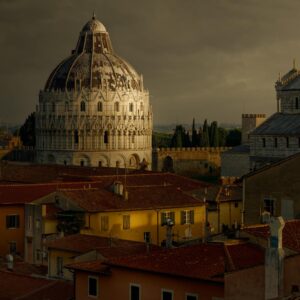
IF YOU NEVER ASK “WHY” – YOU BLINDLY “CONFORM”.
CREATIVITY IS THE OPPOSITE OF CONFORMITY.
DON’T FOLLOW WHAT “YOU’RE TOLD” – QUESTION WHAT “YOU DO”.
PART 2: WHY DO WE FOLLOW THE HERD?
POPULARITY ISN’T TRUTH.
BUT, POPULARITY DEFINES WHAT PEOPLE BELIEVE – EVEN WHEN IT’S WRONG.
Naturally, photographers looking to improve turn to established principles. – The problem is that some of these beliefs are wrong because they contradict intuitive human nature to be correct. Principles passed down by photographers with little profound knowledge of pictures or understanding of viewers, yet nobody questions their validity because of a lack of critical thinking. – Why limit creativity by blindly following “rules” created by photographers that viewers don’t care about, if those “rules” produce boring pictures? – We’re hardwired to “think within a box”, but what if that “box” was wrong? – The only source of pure knowledge we can totally depend on is an understanding of human nature, perception, and behaviour, because they are the source of everything we do and provide the only source of uncorrupted pure knowledge.
Which version do you choose? – Version “A” or Version “B.” – The question is simple, but the answer is revealing. – Version “A” (The Literal) portrays how the scene actually looked, using only small changes in Photoshop to create a realistic picture. Version “B” (The Interpretation) is a highly personal artistic vision, using extensive Photoshop editing to create an atmospheric, artistic look. – When asking a number of people which they prefer – Why do the overwhelming majority of people choose “B”. The Interpretation? This contradicts a principle you often hear, which states: “good photography” is “pure photography”. – That Photoshop creates FAKE images. – Are the established beliefs wrong?
(Note: The only exception to this discussion is news and documentary photography, where a trustworthy depiction of reality is essential).
People use their intuitive human nature to judge photography, not their knowledge of photography. Version “A” fails because it’s “literal” and uninteresting. Version “B” wins because it’s different and interesting. Our brains are hardwired to notice, desire, and engage with “what we’ve not seen before”; different. People only care if a photograph is interesting and triggers their curiosity. – They don’t care about any established principles photographers use. – We must question what we’re told, and who’s telling us. – Let’s look at psychology to understand all this.
VIEWERS WANT CREATIVITY – BUT MANY PHOTOGRAPHERS DON’T.
– THEY ONLY WANT TO BE BETTER THAN OTHERS IN “THEIR GROUP”.

THE DEATH OF CRITICAL THINKING.
YOU’RE LEARNING FROM PEOPLE WHO DON’T UNDERSTAND PICTURES.
TO FIND PURE KNOWLEDGE, WE MUST DISCONNECT FROM THE NOISE.
Social media prioritises popularity, not truth. We now reward people for knowing less; it’s more profitable to be shallow because the simpler it is, the more we believe it’s true. We trust and reward simplicity, not complexity. People are biased towards information that confirms what they already know, not what’s new or true. We believe those who confirm our own beliefs. Ideas that don’t align with our beliefs are likely to be rejected even before they’re given the time to be evaluated as “true”. Superficial is safer, faster and more enjoyable. It’s like fast food, easy, quick, and instantly gratifying. Society is obsessed with pleasure, not understanding. – It has nothing to do with pure knowledge and quality.
If we do photography within a group, this adds another layer of influence that affects knowledge and quality. People seek identity within the herd. It’s about social success, where ego, status and validation play a role. The group reduces individual critical thought by peer pressure, and being the “odd one out” is feared. The group can be hostile to outsiders and “truth tellers” who contradict the group’s beliefs, as this threatens the group’s harmony and survival. Truth can threaten the “group illusion” and its leaders. – The authority of the group leader means they are in the best position to adopt new ideas from outside, but also have the most to lose by doing so. An outsider could threaten their authority and leadership role. Legitimate knowledge will be defeated by false authority. – Again, it has nothing to do with pure knowledge and quality.
There are three elements involved: the group, the individual and the subject. – The world of photography influences the group; the group and its psychology, in turn, influence the individual. The victim of all this is the knowledge and the subject itself, because it’s the last priority. To be truly good at anything, you must enjoy the process of learning and the satisfaction of always being “a little bit better”, and not because of the outside benefits that being better brings. – Indeed, being better can cost you a great deal; it can make you an outsider once the gap between you and the group becomes too large, but it’s individuals that make the greatest changes to the world, not groups. – Let’s look at “The Frame”.
WE IDOLISE INFLUENCERS AND REWARD IGNORANCE.
MEDIOCRITY THRIVES BECAUSE WE DESIRE COLLECTIVE APPROVAL.
INTELLIGENCE IS NOW A THREAT – NOT A BENEFIT.
THE PSYCHOLOGY OF THE FRAME.
A “Frame” is the mental context we require for making any judgment or decision. – For example, if I give you a length of string and ask you if it’s “long”, you can’t answer easily because you don’t have a point of reference. If I place a longer length of rope next to the string, then the answer is easy because the rope provides a comparison. A context to answer the question and say the string is “short”. The rope is a “frame”. Everything we do, including photography, is within the broader context of accepted rules, beliefs, etc., a mental “frame” – never in isolation.
We do photography within a mental “frame” because we’re products of our environment. – Your “frame” is subconsciously created from your day-to-day exposure to photography. Social media influencers, YouTube, magazines, competitions, photo tours, workshops, and professional associations collectively form your “photography environment”; therefore, they all create your “frame of reference” in photography. They are today’s Gatekeepers. They define your “photography world”, so it’s critically important that they are correct, given their enormous influence.
THE FLAWED GATEKEEPERS.
We like “frames” because they establish a “norm”; clearly defined boundaries to live within and rules to live by. This reduces the need to think, reduces stress and provides comfort, security, identity, and self-esteem. You “know where you are” within the greater “context” of society. In photography, the Gatekeepers subconsciously define your guidelines and standards for “good photography,” and what knowledge you have access to. – Due to a lack of critical thinking, we don’t question the Gatekeepers’ quality or motives; we just blindly trust and follow them.
But, what if your frame is wrong? – You view the Gatekeepers as a source of knowledge. – The Gatekeepers view you as a source of income. Most Gatekeepers are businesses that make money from the world of photography, not from the quality of their photography. Quality is only a secondary priority. Do you see the conflict, the problem? – For commercial success, all businesses must present themselves as a benefit to their customers, even though the primary motivation is themselves. – I’ll illustrate this with a perfect example from personal experience.
Fstoppers.com online photography blog.– As a contributor, Fstoppers demand that I sign this writer’s agreement, which legally grants them all copyright ownership to my published images and intellectual property rights to my ideas. Yet, they have the hypocrisy to write stories like “How to Handle Copyright Theft“. – Legally, I would need to pay Fstoppers to use my own photos and ask their permission to teach my own ideas. I see this as obscene exploitation and a betrayal of the industry they represent and depend on for income. – Don’t trust Gatekeepers!
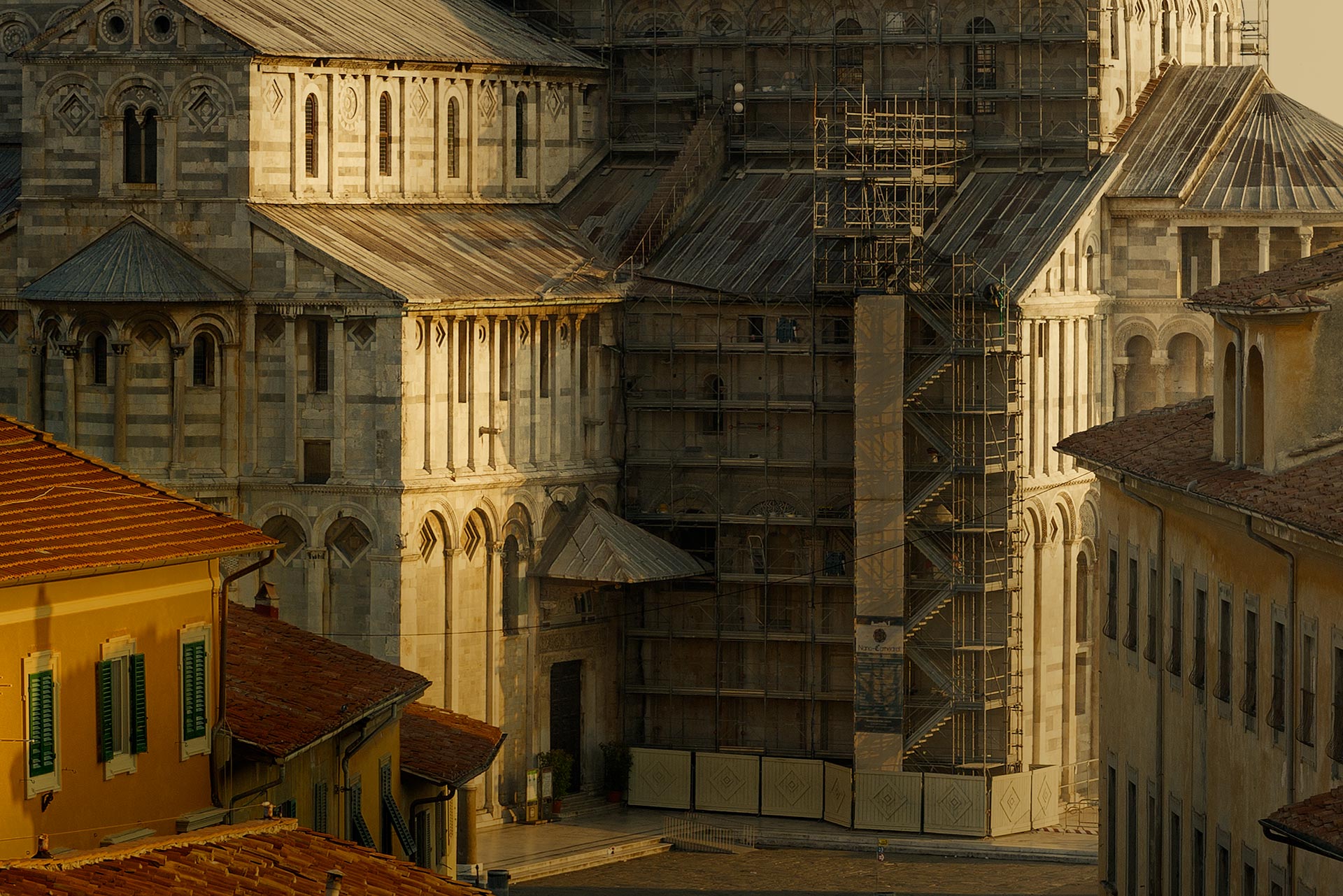
WE CAN ALL BE GOOD WITHIN THE BOUNDARIES WE SET AND HOW HIGH WE SET THE BAR.
– FOR SOME, THE ENJOYABLE CHALLENGE IS IN HAVING NO BAR SET.
If commercial profit is the motivation, you give people what they want, not what they need. If quality is the motivation, you give people what they need, but may not enjoy. On one side, Gatekeepers publish superficial content that sells. On the other hand, they don’t publish advanced content that only a few will read; it’s not a good business model. – The net result is a distortion of your “frame of reference” and the dumbing-down of photography. – An endless cycle of superficiality, mindlessly moving farther away from any definition of good quality photography.
Without critical thinking, this spiral will never stop. What you’re sold as being “good quality” often contradicts our instinctive human nature to be “good quality”. – There are many great photographers, but they invest their time in being good, not seen. Superficial photographers invest their time in being seen, not being good – so they are the photographers you see. The photographers with little knowledge and experience in photography, just a website and a camera, but teach photography and workshops. – The lack of critical thinking creates a void others exploit.
Worse is that once a “frame” becomes the accepted and established norm, anything new or different to that “norm” is treated with suspicion, distrust, and rejection. – When a “wrong” becomes the established norm, it is redefined as “right,” and the original, fundamental right will then be seen as “wrong.” Survival dictates it’s safer to conform with the majority, and be an insider, than oppose the majority and be an outsider on your own. It’s very hard to fight against the “norm”, but conformity is the instant killer of creativity. – You can’t conform and be “different”.
People are complicated. On one side, they’re drawn to conform; on the other, they seek individuality. – The ideal is to stand out while staying within the security of “the group” – the psychological motivation for entering competitions and gaining professional accreditations. This way, you remain within the group, but gain self-esteem by being recognised by “the group”. The problem is that groups impose boundaries, and if you’re too different or better than “the group”, it will reject you for reasons like jealousy. Conformity is harmony; it won’t tolerate disruption.
There’s nothing wrong with doing photography for social reasons and enjoyment, but we need clarity about our motivation first. Do we want to be “good” for personal creative satisfaction, or, subconsciously, for social success; identity within the herd, ego, status, or validation? Hard questions. – If it’s for creative satisfaction, it has to be an individual quest because we can’t rely on the group. We don’t live in a meritocracy; those in authority often don’t get their position based on ability, but for social reasons – their advice can’t be trusted to create quality.
So, if this artificial “photography frame” is wrong, what’s the correct alternative? People create pictures for others to view, making people the common denominator. People are defined by human nature. Psychology explains human nature. Humans have been understanding images for thousands of years, long before the invention of cameras, just to make sense of the world and survive. Your photograph is just another image. Isn’t it logical then that intuitive human nature must define “good photography”, and must hold the key to making “good photography”?
THE ONLY SOURCE OF PURE KNOWLEDGE WE CAN TOTALLY TRUST IS UNDERSTANDING HOW WE PERCEIVE AND RESPOND TO IMAGES AS PEOPLE, AND THEN USE THAT KNOWLEDGE AS PHOTOGRAPHERS. – PHOTOGRAPHIC KNOWLEDGE IS TOO CORRUPTED.
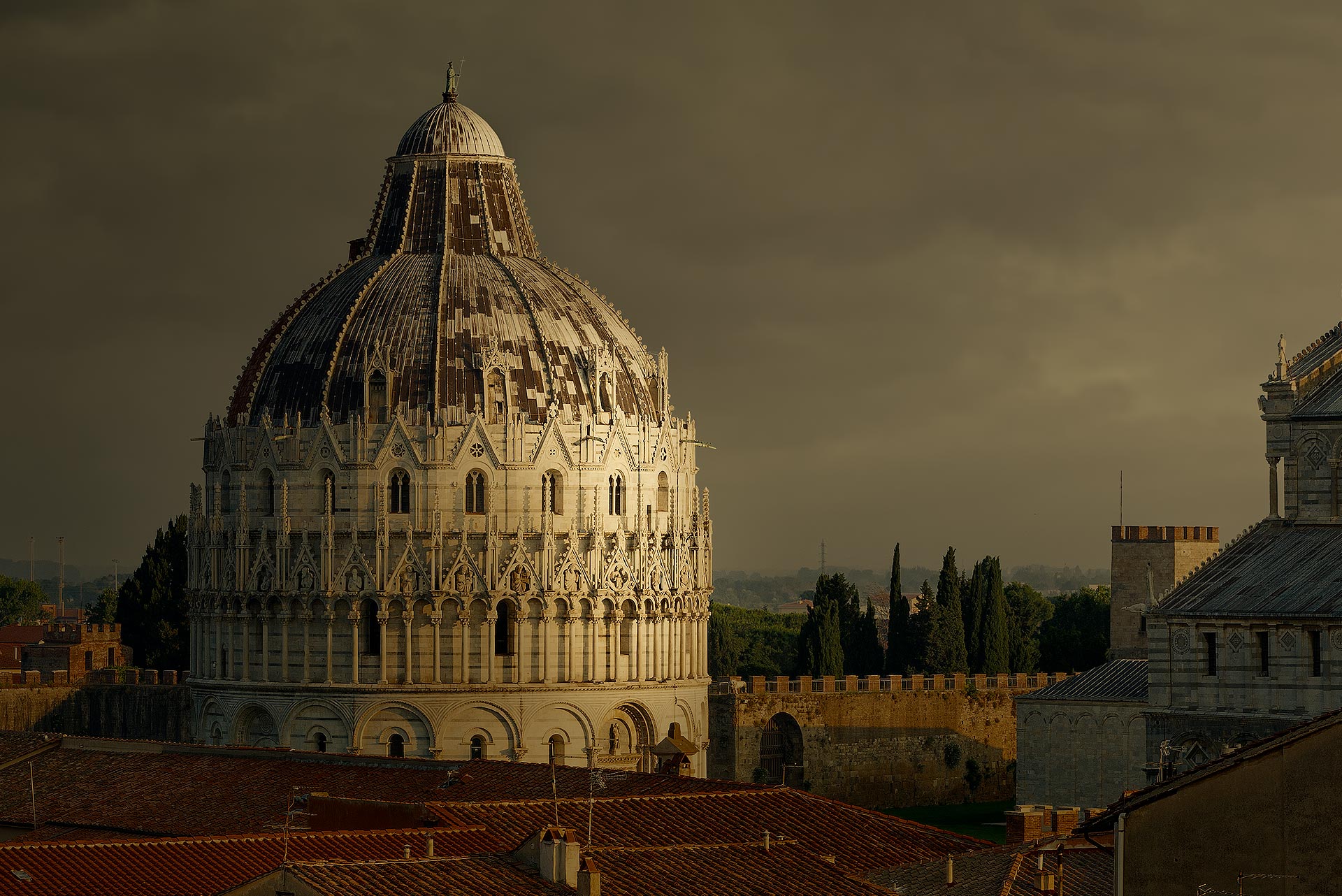
THE CONCLUSION.
Neither the Royal Photographic Society nor the Leica Academie in Germany have any interest in my knowledge. – No enthusiast photography magazine in the UK or USA will publish my articles. – The very institutions founded to promote photographic education, and whose members pay them on that assumption, don’t prioritise quality knowledge from an outsider but reject it because an institution is a group led by people, and the psychology of the group will always take priority over the mission of the institution. – That’s why meritocracy will always be a dream, never a reality. Magazines won’t publish the knowledge because it isn’t dumbed down enough to sell and be a good business model. The one who will publish wants to exploit the photographer to take ownership. – We live in a world of information, but how much can we trust?
Quality knowledge today is almost impossible to find, and it’s the enthusiast who really wants to improve their photography is the one who is suffering from these hidden agendas. – I can afford to give you true knowledge because I have nothing to lose; I’m an outsider, I belong to no group, and I need no validation because my career “validated” me as a good photographer. – My passion has been to understand “what makes good photography” as an enjoyable intellectual exercise for myself, and I can share my findings with others. However, I value mental freedom, independence and individuality over any desire to be part of any group, but that doesn’t mean I can escape the psychology of people.
Many will reject “Creative Method” because it goes against their “norm” and what they’re told. They’ll justify their decision on the grounds that it’s too academic, too complicated, or takes the fun out of photography, rather than giving it some critical thought and logical evaluation. It’s easier to keep doing what you do than risk opening “Pandora’s Box” and resetting your clock to zero when you’re already getting all you need from photography. Why disrupt your comfort zone? Maybe it’s what differentiates the perfectionist? The search for truth at any cost, maybe. Anyway, the purpose of this is to make you question what you hear, what you do, and why you do it. – Who knows what answers you’ll find?
YOU CAN’T CALL YOURSELF A PHOTOGRAPHER – JUST BY OWNING A CAMERA.
A GENUINE PHOTOGRAPHER IS DRIVEN BY THE PASSION TO CREATE GREAT PICTURES.
IT’S NOT ABOUT HOW GOOD YOU ARE. – IT’S ABOUT YOUR PASSION TO BE BETTER AT PICTURES.
SUPPORTING EVIDENCE: FSTOPPERS WRITERS AGREEMENT. AS REQUIRED IN 2024.
Agreement is a “work made for hire” under U.S. copyright laws, and that, accordingly, Publisher owns all rights, title, and interest in and to such Work, including the copyrights thereto. In the event that this Agreement is determined to be other than an agreement for a work made for hire, and in the alternative, Author hereby assigns to Publisher all rights, title and interest in and to any Work prepared hereunder, and all components thereof, including, without limitation, the idea, concept and format therefor, in whatever stage of completion of the Work, as well as all copyrights in the Work and the right to bring any and all claims and collect and retain any damages, judgments or awards in the Work and any components thereof, for infringement of said copyrights whether or not such claims arose, or are in any way based on acts that occurred prior to the date of this Agreement. Publisher may, among other things, without any notice or obligation of further compensation to Author, publish, reproduce, distribute, display, perform publicly, use, prepare derivative works from, license or sell the Work, or any component thereof, in any format or medium now known or hereafter invented or devised, as a separate isolated work or as part of a compilation, anthology or other collective work, including a work different in form from the first publication. Author agrees to transfer, and hereby does transfer and assign, all copyrights and all claims it may ever have for any other intellectual property rights in the Work to Publisher. Author agrees to do everything reasonably necessary to enable Publisher and its designee(s) to protect their rights in the Work. The Work may be registered for copyright in the name of Publisher or its designee.
I have allowed Fstoppers to reply. As of yet, I have not had one.
WE NEED CRITICAL THINKING BECAUSE MUCH OF WHAT YOU HEAR HAS A HIDDEN AGENDA.
– IT’S NOT PURE KNOWLEDGE THAT HELPS CREATE GOOD QUALITY PHOTOGRAPHY.
UNFORTUNATELY, THE REAL KNOWLEDGE NOW LIVES IN THE SHADOWS.
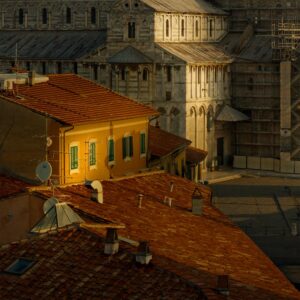
LET’S TALK …
Let’s chat live on a video call first, free of charge, with no obligation, and answer any questions or concerns you may have before making a booking. Just email me, and we will arrange a date to talk in person.
DAVID OSBORN PHOTOGRAPHY
69 Grange Gardens, Southgate,
London N14 6QN, England.
UK +44 (0) 771 204 5126
David@DavidOsbornPhotography.com

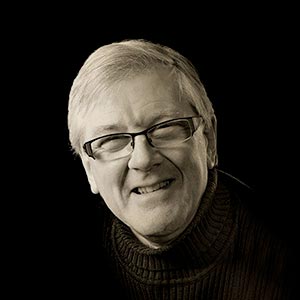
Like this page. Please share it.
WHY SIGN-UP …
It’s obligation-free. You may not be ready to sign up for a workshop. This way we can still stay in touch. I’m building a small community of photographers who are passionate about learning. – By registering, you gain exclusive access to ‘pearls of wisdom’ and stories by email that are not published on my website. I don’t have a blog or post on social media. With only 20 vacancies per year, this is a great way to stay in touch without receiving spam or junk. You will only receive: Workshop Updates, New Photographs, and Educational Stories.




